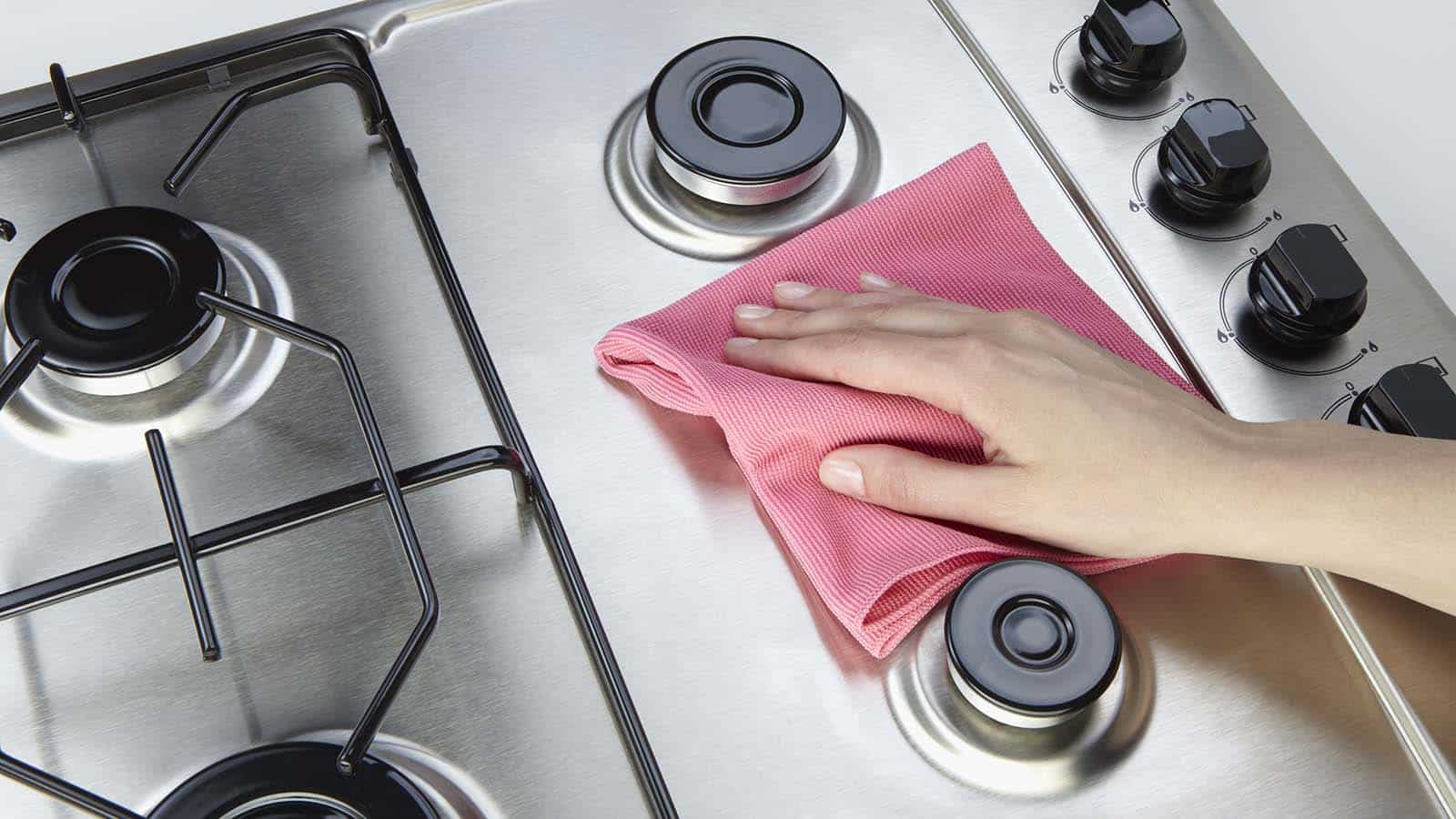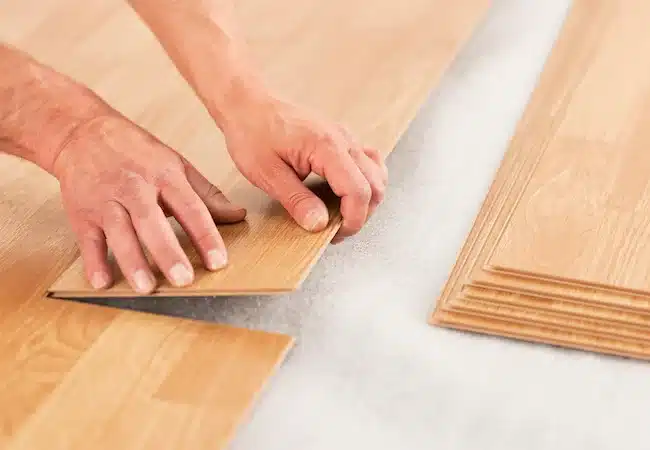Fiberglass is a versatile and durable material used in a wide range of applications, from boats and cars to surfboards and home appliances. However, due to its constant exposure to the elements or accidental damage, fiberglass can sometimes crack, chip, or break.
Fortunately, fiberglass repair is a relatively straightforward process that can be tackled by DIY enthusiasts with the right tools and materials.
We will explain the process too repair a fiberglass crack in this article.
Table of contents
- What should I know about fiberglass repair?
- Tools and Materials for Fiberglass
- How to Repair a Minor Crack or Chip in Fiberglass
- How to Repair and Fix a Large Hole in Fiberglass
- How to carry out Fiberglass Repair
- Is repaired fiberglass strong?
- How is fiberglass cured?
- Why do Fibreglass Crack repairs fail?
- Common Mistakes to Avoid when Carrying out the Fiberglass Crack Repair Procedure?
- What about SMC? How do I repair SMC?
- Conclusion
- References
- Recommendations
What should I know about fiberglass repair?
Before embarking on any fiberglass repair, it’s crucial to assess the extent of the damage. Carefully examine the area that needs repair, noting the size, shape, and depth of the damage. For minor cracks or chips, a simple repair kit may suffice. However, for more extensive damage, you may need to replace the entire fiberglass section.
In addition, bear these in mind;
- Types of Fiberglass Damage: Fiberglass damage can range from minor cracks and chips to large holes and structural breaks. The extent of the damage will determine the repair method and materials required.
- Fiberglass Repair Materials: Common fiberglass repair materials include fiberglass cloth, resin, hardener, mixing containers, mixing sticks, sandpaper, safety gear, and molds for larger repairs.
- Repair Process: The general repair process involves cleaning the damaged area, sanding the edges, mixing resin and hardener, applying fiberglass cloth, adding layers, shaping the repair, curing the resin, and sanding and finishing.
- Safety Precautions: Fiberglass dust and resin fumes can be harmful if inhaled. Wear protective gloves, goggles, and a respirator when handling fiberglass materials.
- Environmental Considerations: Fiberglass resin and hardener contain chemicals. Dispose of used materials and clean up properly to avoid environmental contamination.
Tools and Materials for Fiberglass
Fiberglass repair requires a few essential tools and materials:
- Safety gear: Wear protective gloves, goggles, and a respirator to avoid contact with fiberglass dust or resin fumes.
- Grinder or sander: This tool is used to smooth out the damaged area and create a clean surface for bonding.
- Mixing bowls and spatulas: These are used for mixing fiberglass resin and hardener.
- Fiberglass cloth: This is the material that will be used to repair the damage.
- Fiberglass resin and hardener: These are the bonding agents that will hold the repair together.
- Acetone or rubbing alcohol: These are used to clean the damaged area before applying the repair.
- Mixing sticks: These are used to stir the resin and hardener mixture.
- Plastic wrap or molds: These are used to shape the repair and prevent resin dripping.
How to Repair a Minor Crack or Chip in Fiberglass
- Clean the area: Use acetone or rubbing alcohol to clean the damaged area, removing any dirt, grease, or debris.
- Sand the edges: Use a grinder or sander to smooth out the edges of the crack or chip, creating a smooth transition for the repair material.
- Mix resin and hardener: Follow the manufacturer’s instructions for mixing fiberglass resin and hardener.
- Apply fiberglass cloth: Cut a piece of fiberglass cloth slightly larger than the damaged area. Soak the cloth in the resin mixture and apply it over the crack or chip, smoothing out any wrinkles.
- Add additional layers: If necessary, apply additional layers of fiberglass cloth and resin mixture, allowing each layer to dry completely before applying the next.
- Shape the repair: Use plastic wrap or molds to shape the repair while the resin is still wet.
- Allow the repair to cure: Follow the manufacturer’s instructions for curing time. Once cured, the repair should be strong and durable.
How to Repair and Fix a Large Hole in Fiberglass
Remove damaged fiberglass: For larger cracks or breaks, you may need to remove the damaged fiberglass section using a grinder or saw.
- Clean the area: Clean the exposed edges of the fiberglass using acetone or rubbing alcohol.
- Create a mold: If necessary, create a mold using cardboard, plastic, or other materials to shape the replacement fiberglass section.
- Prepare fiberglass cloth: Cut pieces of fiberglass cloth to fit the shape of the damaged area and the mold.
- Mix resin and hardener: Mix fiberglass resin and hardener according to the manufacturer’s instructions.
- Apply fiberglass cloth: Apply the fiberglass cloth to the mold, soaking each piece in the resin mixture and smoothing out any wrinkles.
- Allow the repair to cure: Follow the manufacturer’s instructions for curing time. Once cured, carefully remove the repair from the mold.
- Bond the repair: Apply resin mixture to the exposed edges of the existing fiberglass and the cured repair piece. Press the repair piece firmly into place and allow it to cure completely.
- Sand and finish: Once the repair is fully cured, sand the area to smooth out any rough edges. If necessary, apply a finishing coat of resin or gel coat to match the surrounding fiberglass.
How to carry out Fiberglass Repair
- Work in a well-ventilated area to avoid inhaling resin fumes.
- Wear protective clothing to prevent resin from contacting your skin.
- Mix resin and hardener in small batches to avoid premature curing.
- Use a release agent to prevent the repair from sticking to the mold.
- Allow the repair to cure completely before sanding or painting.
- For professional-looking results, consider using a fiberglass repair kit with pre-measured resin and hardener.
Is repaired fiberglass strong?
Repaired fiberglass can be just as strong as the original fiberglass, as long as the repair is done correctly. The key is to use the right materials and follow the manufacturer’s instructions carefully.
How is fiberglass cured?
Fiberglass cures through a process called polymerization, which is a chemical reaction that links together the molecules in the resin. The curing time for fiberglass can vary depending on the type of resin used and the temperature of the environment.
Why do Fibreglass Crack repairs fail?
Fiberglass repairs can fail due to various factors, including improper preparation, incorrect material selection, and inadequate curing. Here are some common reasons why fiberglass repairs fail:
Improper Preparation:
Insufficient Cleaning: Failing to thoroughly clean the damaged area before applying the repair can lead to poor adhesion and premature failure. Dirt, grease, and other contaminants can prevent the resin from bonding properly to the fiberglass.
Inadequate Sanding: Properly sanding the edges of the damaged area creates a smooth transition for the repair material and ensures a strong bond. Skipping this step can result in a weak and uneven repair.
Incorrect Material Selection:
Improper Resin and Hardener Ratio: Mixing the resin and hardener in the wrong ratio can significantly affect the curing process and the strength of the repair. Following the manufacturer’s instructions is crucial for proper curing.
Using the Wrong Resin Type: Different types of fiberglass resin are designed for specific applications. Using the wrong resin for the repair can lead to compatibility issues and premature failure.
Inadequate Curing:
Incomplete Curing: Allowing the resin to cure completely is essential for a strong and durable repair. Rushing the curing process can result in a weak and brittle repair that is prone to failure.
Incorrect Curing Environment: Fiberglass resin cures best in a controlled environment with the right temperature and humidity. Exposing the repair to extreme temperatures or excessive moisture can interfere with the curing process.
Other Factors:
Excessive Stress: Applying too much stress to the repaired area before it has fully cured can cause the repair to crack or break. Allow the repair to cure completely before subjecting it to any significant strain.
Environmental Exposure: Fiberglass repairs can be susceptible to damage from UV rays, extreme temperatures, and harsh chemicals. Applying a protective coating, such as gelcoat, can help extend the lifespan of the repair.
Common Mistakes to Avoid when Carrying out the Fiberglass Crack Repair Procedure?
- Skipping Preparation: Neglecting cleaning and sanding can lead to poor adhesion and premature failure.
- Incorrect Resin Ratio: Mixing resin and hardener in the wrong ratio can affect curing and repair strength.
- Incomplete Curing: Rushing the curing process can result in a weak and brittle repair.
- Excessive Stress: Avoid subjecting the repaired area to significant stress before it has fully cured.
- Improper Storage: Store unused resin and hardener properly to prevent premature curing and contamination.
What about SMC? How do I repair SMC?
SMC (Sheet Molding Compound) is a type of fiberglass-reinforced plastic (FRP) that is known for its high strength, durability, and smooth surface finish. It is commonly used in various applications, including automotive parts, marine components, and electrical enclosures. However, like any material, SMC can be susceptible to damage, necessitating repair.
SMC Repair Process
- Assess the Damage: Carefully examine the damaged area and determine the extent of the repair.
- Clean the Area: Use acetone or rubbing alcohol to clean the damaged area, removing any dirt, grease, or debris.
- Sand the Edges: Use a grinder or sander to smooth out the edges of the crack or chip, creating a smooth transition for the repair material.
- Cut the Patch: Cut a piece of SMC patch slightly larger than the damaged area. Ensure the patch has the same thickness and surface finish as the original SMC.
- Mix Resin and Hardener: Follow the manufacturer’s instructions for mixing SMC resin and hardener.
- Apply Resin to the Patch: Apply a thin layer of resin to the back of the SMC patch.
- Position the Patch: Carefully position the patch over the damaged area, ensuring proper alignment and orientation.
- Apply Additional Resin: Apply a thin layer of resin over the patch, ensuring complete coverage and adhesion.
- Shape the Repair: Use plastic wrap or molds to shape the repair while the resin is still wet.
- Allow the Repair to Cure: Follow the manufacturer’s instructions for curing time. Once cured, the repair should be strong and durable.
- Sand and Finish: Once the repair is fully cured, sand the area to smooth out any rough edges and match the surrounding surface finish. If necessary, apply a finishing coat of resin or gel coat.
Conclusion
With these guidelines and a bit of patience, you can successfully repair fiberglass damage and restore your belongings to their original condition. Fiberglass repair is a rewarding DIY project that can save you money and extend the lifespan of your fiberglass items.
However, it’s important to approach fiberglass repair with caution and care, as improper handling can lead to health hazards and failed repairs.




